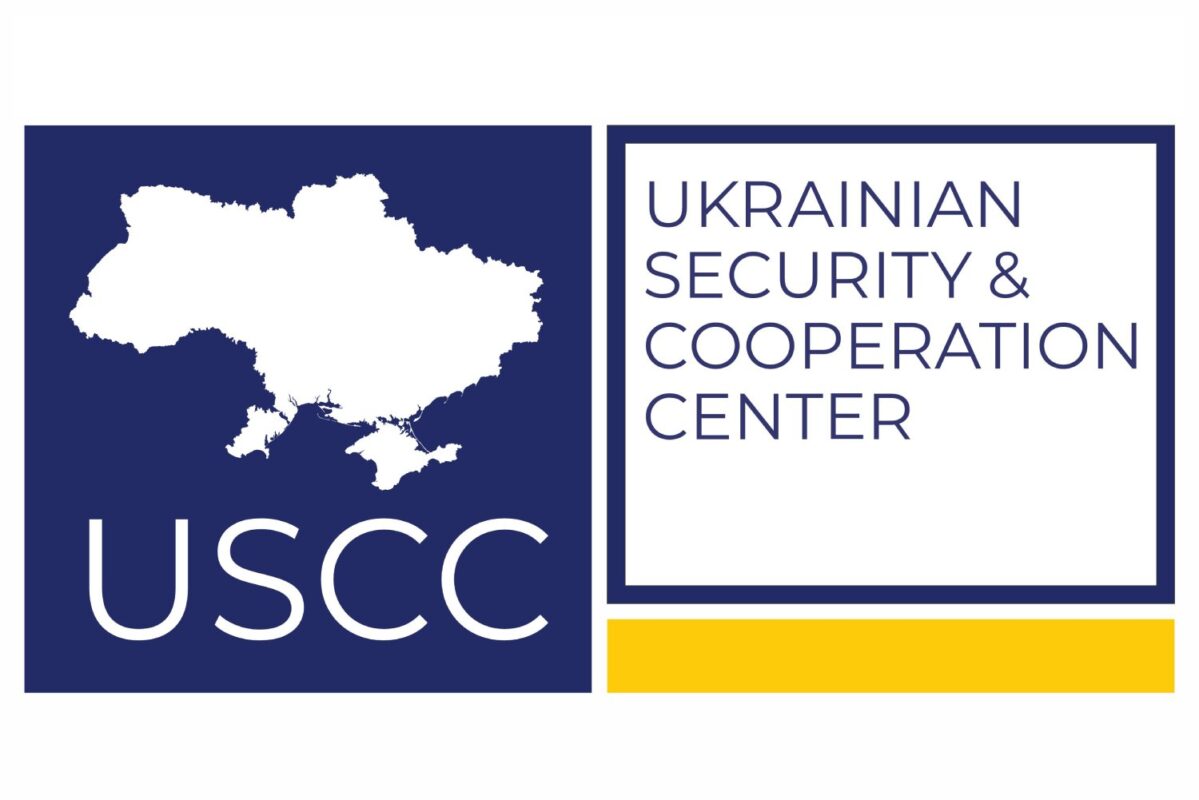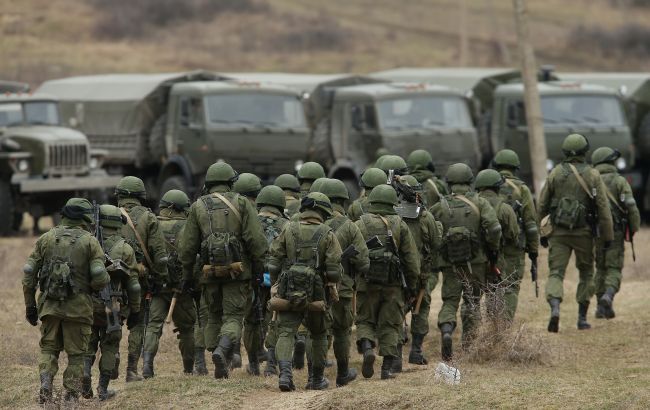Against the background of virtual cessation of diplomatic relations with the EU, the Belarusian leadership is accelerating and strengthening integration with Russia. At least such are the claims by the country’s leadership and the illegitimate President Alexander Lukashenko. In particular, the Prime Minister of Belarus stated that the process of integration with Russia is almost completed. The countries’ military integration is ongoing as well.
According to the USCC’s sources in the Ukrainian special services, Russia is taking active measures to expand its military presence in Belarus. Since March Russia has intensified joint military exercises of units of the Armed Forces of the Russian Federation and the Republic of Belarus, introducing modern models of weapons and military equipment of Russian production.
The Ukrainian special services link the latter to the preparation of military personnel of the two countries for the joint strategic exercise “Zapad-2021”, as well as the creation of training centers for joint preparation, both in Russia and Belarus.
Within the framework of the bilateral program of strategic partnership between Moscow and Minsk, it is planned to establish three such centers, one in Belarus and two in Russia:
- center in Grodno (Belarus). The main task is to train pilots of Su-30SM aircraft and prepare specialists on modern anti-aircraft missile systems, which are in service with Russia’s Armed Forces. The aircraft is planned to be delivered in 2022-2023 for joint border patrols.
- center near Nizhny Novgorod (Russia). The task is to train tank and motorized infantry units of the armed forces of Belarus and Russia.
- center in the Kaliningrad region (Russia). Airborne units of the Armed Forces Belarus and Russia will be trained here.
Military exercises
From March to September 2021, at least four joint exercises between Russia and Belarus are scheduled. SOF and mechanized units of the Armed Forces of Belarus, as well as air assault and training units of Russia’s Armed Forces. The latter were used for joint training of servicemen of mechanized and tank units of Belarusian and Russian Armed Forces on combat samples of Russian equipment, primarily BMP-2 and T-72B3 tanks.
Moreover, the training of certain units, in particular, the consolidated peacekeeping unit of the Armed Forces of the Russian Federation and the Republic of Belarus, provides for drilling assault operations in densely populated areas with armed escort and support of mechanized units.
Training at “Mulino” and “Polyvno” proving grounds (Russia)
In March 2021, one of the key tasks of bilateral exercises of Belarus’s and Russia’s Armed Forces at “Mulino” and “Polyvno” proving grounds was to use modern models of Russian weapons and military equipment: T-72B3 tank, BMP-2, “Rakushka” BTR-MDM, RPO-A “Shmel”, “Orlan-10” UAV, “Eleron-3” UAV, “Sany” 120 mm mortar, BM-21 “Grad”, etc.
At the same time, units of the 333rd Combat Training Center (Russia) with the 6th and 120th separate mechanized brigades of the Armed Forces of Belarus, as well as between the airborne units of Russia’s Armed Forces and Belarus’s SOF were tested for compatibility.
On June 19, the joint Russian-Belarusian-Serbian exercise “Slavic Brotherhood-2021” ended. It included the landing of personnel, cargo, as well as overcoming water obstacles, parachute-free landing, and field firing.
All these activities are probable stages of preparation for the large-scale strategic exercise “Zapad-2021”, scheduled for mid-September. Its main topic will be the escalation of the military-political situation around the “fictional countries”, as well as working out the covert deployment of troops.
However, it is possible that the true goal of “Zapad” will be different, as at the joint training stage much attention was paid to drilling assault units in the city and densely populated area with the support of mechanized troops.
The relocation of Russian troops to Belarus began a month and a half before the exercise. Already on July 21, the Ministry of Defense of the Republic of Belarus announced the arrival of the first echelons of servicemen and equipment of Russia’s Armed Forces.
NATO promises to closely follow “Zapad-2021”. In particular, the Alliance called on Moscow and Minsk to “act in a predictable, transparent way”, and former Commander-in-Chief of the Armed Forces of Ukraine Ruslan Khomchak stated said that joint Russian-Belarusian exercise poses a potential threat to Ukraine.
International experts agree that after “Zapad-2021”, a number of Russian troops may remain in Belarus to strengthen the current regime.
On July 30, Lukashenko stated that Belarus had coped with the unrest on its own and could muster about 500 000 people within a short time, but would invite Russian troops without hesitation if necessary.
At the same time, territorial defense exercises were held in Belarus itself almost every week, mostly on its borders with the EU and NATO.
Earlier, during a meeting on territorial defense in Shklov, Lukashenko made a statement hinting that these troops would be used, among other things, to combat “destructive influences” inside the country.
“Over the past year, we have experienced how the destructive informational influence, economic, political pressure coming from the West has affected the worldview of our people and pushed some of them to the actual betrayal of their own people. One always needs to repel such figures so that they remain in the enemy’s memory for many years. And only nationwide defense is capable of this, if we all defend our land”, – Lukashenko’s press service quoted him.
Repressions intensifying inside the country
The struggle against these “destructive forces” does not stop.
Both public figures and ordinary citizens who have the courage to express their dissatisfaction with the situation, who dare to support the repressed or the protest movement are subject to repression.
As of August 31, the total number of people imprisoned for political reasons is 653.
According to the “Viasna” human rights center, in July 2021 alone, 107 convictions were handed down for political reasons.
Belarusian national symbols were also banned, with 25 fines and 94 administrative arrests being imposed for its use or for mere participation in peaceful protests in June; 246 people were detained.
Formerly repressed people who were lucky enough to be released report mass torture in prisons, which is systematic and widespread throughout the country.
On July 8, the Belarusian KGB reported on a “cleanup operation” against “radicals”.
Security forces identified Telegram chats participants and conducted searches and detentions to verify the involvement of each of them in any crimes. According to the information broadcast on the Belarus-1 TV channel, it was about communities and chats called “Civil Self-Defense Forces of Belarus” and “Buslov Lyatyat” (“Storks fly”), where they allegedly “recruited and selected potential thugs for new riots and even acts of terrorism”.
Lukashenko confirmed in a statement during a ceremony honoring graduates of higher military educational institutions and senior officers that he sees a threat to his regime, particularly in Belarusians and domestic protests.
“In theory, we are not preparing for war as we used to. You are well aware that the war is not likely to begin with external aggression. It will start from within. It will start with the destruction of our people’s minds. It will start with sowing chaos in our country, and only then, if necessary, foreign troops will invade. We talked about this, this is the essence of our concept of national security”, – Lukashenko claimed.
However, Minsk does not forget about the closest neighbors, who did not recognize Lukashenko as the legitimate president of Belarus.
Belarus-Lithuania
Since the imposition of EU sanctions against Belarus, the number of illegal migrants trying to cross the border with the EU (especially Lithuania) has increased tenfold. Lithuania was even forced to declare a state of emergency due to the situation and increase the number of border guards.
According to the Lithuanian special services, as of July 29, 3145 migrants were detained on the border with Belarus this year, which is 39 times more than in 2020 overall.
The situation with illegal migrants has improved after Iraq suspended flights to Belarus. In the first week of August, only 271 migrants from Belarus arrived in Lithuania, compared to 1106 a week earlier.
On August 23, Lithuania, Poland, Latvia, and Estonia issued a joint statement calling on the UN to respond to Belarus’s “weaponizing migrants”.
On August 24, Lithuania provided the EU with a list of Belarusian companies and individuals to impose sanctions for facilitating illegal migration.
“We must send a clear signal not only to Belarus but also to any dictator who decides to use such an instrument against the European Union or any of its states. He will not only fail but get an answer”, – Lithuanian Minister of Foreign Affairs Gabrielius Landsbergis said.
Ukraine-Belarus
Alexander Lukashenko does not forget about Ukraine either. On August 9, during a press conference, he stated that if there had been a will, he and Putin would have put Ukraine “on its knees” within a day.
Also during the same event, Lukashenko personally accused Ukraine’s President Zelenskyy of training militias and transferring weapons to Belarus, noticing that due to this he was forced to close the Belarusian-Ukrainian border.
“Now, of course, we have closed this border tightly, although it is difficult to close it tightly. But why are you doing this, these are your neighbors, relatives…”, – the self-proclaimed President of Belarus claimed.
It bears reminding that Lukashenko issued an order on July 2 to completely close the border with Ukraine due to alleged arms smuggling. However, as of July 29, no “complete closure” of the border had been observed.
Also, despite the obvious subordination of Belarus to Russia’s interests in the international sphere, it remains unclear if the regime would possibly recognize the occupation of Crimea and terrorist L/DNR. For example, there was no answer to an invitation to the peninsula from the head of the occupied Crimea, Serhiy Aksyonov, addressed to Lukashenko.
And on August 9, during a press conference, the illegitimate president of Belarus said he would recognize the occupied Crimea as “Russian” when the “last Russian oligarch” would start supplying products to the peninsula.
Therefore, despite all the statements and events, it seems that the Lukashenko regime is deliberately bargaining and slowing down integration with Russia, at least where it is still possible, without rushing to completely fall into “brotherly arms”.
At the same time, the bet is made on the total control of the internal Belarusian processes and making any confrontations impossible. Perhaps in this way, Lukashenko also wants to demonstrate his own capabilities and strength before the Kremlin leader. Probably, the events of the Revolution of Dignity in Ukraine and the experience of the struggle against the protesters by the Yanukovych regime, which failed Moscow’s task, are being studied.
So now the question remains whether the Russian military will remain on the territory of Belarus after the end of the “Zapad-2021” joint exercise and if so, what will be their tasks. The answers to these questions are very important both for the future of neighboring countries and for Belarus itself. It’s one thing to have your own army, and it’s completely another matter to have armed soldiers who carry out the commands of the “Union” state.
Authors: Borys Grachov, Oksana Kuzan

